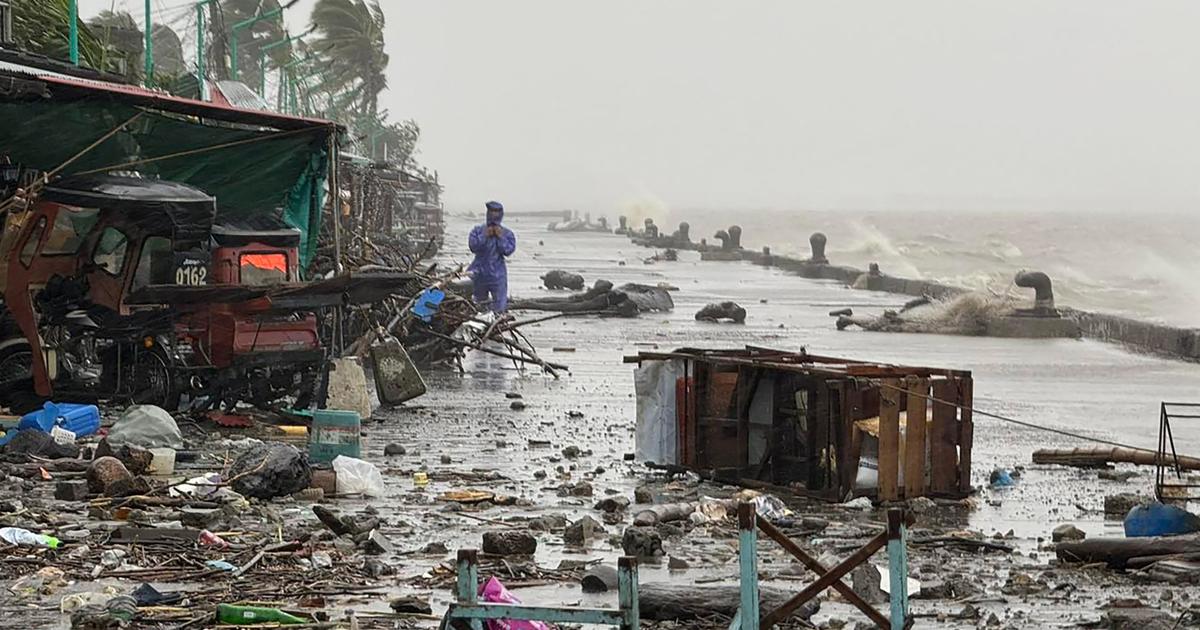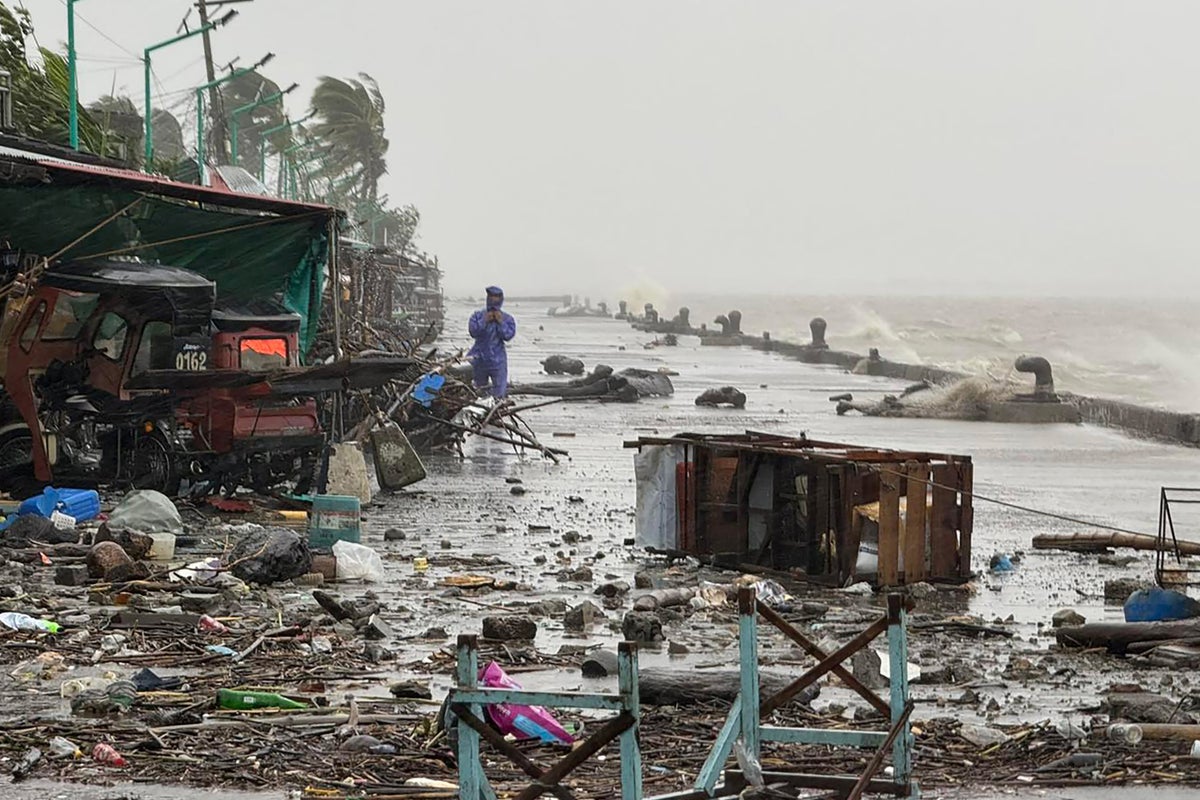Super Typhoon Ragasa Batters Philippines, Threatens Hong Kong and Southern China
Super Typhoon Ragasa, one of the strongest storms of the year, is currently impacting Hong Kong, Macau, and Guangdong Province in China after causing significant damage in the Philippines. The storm has already claimed at least three lives and displaced thousands in the Philippines, prompting widespread preparations and evacuations across the region.
Ragasa's Path and Intensity
The Hong Kong Observatory reported that Super Typhoon Ragasa is carrying maximum sustained winds of approximately 220 kilometers per hour (140 miles per hour). It is moving in a west-northwesterly direction over the South China Sea. Although it has weakened slightly from its peak intensity, it remains a powerful storm equivalent to a Category 4 hurricane.
Lead weather presenter for BBC Weather, Sarah Keith-Lucas, stated that the expected track has edged further north than initially forecast. The worst impacts to Hong Kong were expected Tuesday night and early Wednesday local time. While the eye of the storm will pass close to the south of Hong Kong, there is expected to be a significant storm surge of around 2 meters around the Pearl River Estuary, and up to 4 to 5 meters close to Tolo Harbour, as well as waves of nearly 14 meters at sea.
Preparations in Southern China
China has implemented extensive precautionary measures as Typhoon Ragasa approaches, affecting tens of millions of people. Guangdong's emergency management bureau anticipates that the storm will make landfall along the province's central and western coast, urging decisive action to ensure public safety and minimize disaster losses.
In Shenzhen, a major technology hub, authorities have evacuated approximately 400,000 residents and issued warnings regarding severe wind, rain, waves, and floods. Across Guangdong and Fujian provinces, mass evacuations are underway. More than 10 cities in Guangdong, including Shenzhen and Zhuhai, have suspended work, transport services, and schools. Trains and flights into several coastal cities have also been suspended.
Impact on Hong Kong and Macau
Hong Kong has raised its typhoon signal to Number 8, the city's third-highest alert level, leading to the closure of most businesses and transport services. Approximately 700 flights have been disrupted at Hong Kong International Airport, with further disruptions anticipated. Residents have been stockpiling essentials as weather conditions are expected to deteriorate rapidly.
Residents of Macau, the world's largest gambling hub, are also preparing for the typhoon's impact. All casinos have been ordered to close. A mega bridge linking Hong Kong, Macau and the Chinese city of Zhuhai has also been closed.
Devastation in the Philippines
Super Typhoon Ragasa swept through the northern Philippines on Monday, prompting President Ferdinand Marcos Jr. to place the national disaster agency on full alert. The storm triggered widespread flooding and landslides, causing significant damage to homes and infrastructure.
Tragically, at least three people have died, five remain missing, and over 17,500 have been displaced due to flooding and landslides across the Philippines. A 74-year-old man died in Benguet province after being trapped in a vehicle buried by mud and rocks. Two other villagers were killed in Calayan town in Cagayan province, where the storm first made landfall. In northern Luzon, search and rescue teams recovered three bodies from a fishing boat that capsized and four remain missing
Taiwan's Experience
Taiwan has recorded nearly 60 centimeters of rain in its mountainous east and reported 25 injuries. Transport disruptions have continued for a second day, with 273 flights canceled and some rail services suspended. More than 7,600 people have been evacuated from mountainous southern and eastern areas.
Looking Ahead
While Ragasa is expected to weaken slightly before landfall in southern China, forecasters warn that it could still bring storm surges similar to those caused by Typhoon Mangkhut in 2018, which caused billions of dollars in damage. Scientists caution that storms in the region are becoming more intense due to rising global temperatures, placing millions of people at increased risk.
 Visit the website
Visit the website





